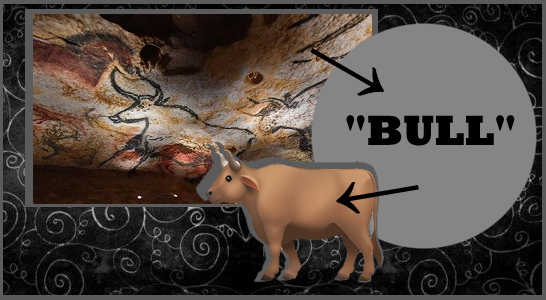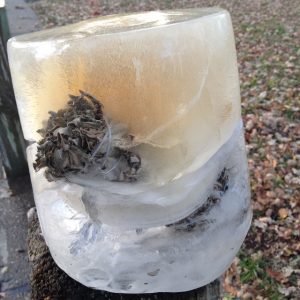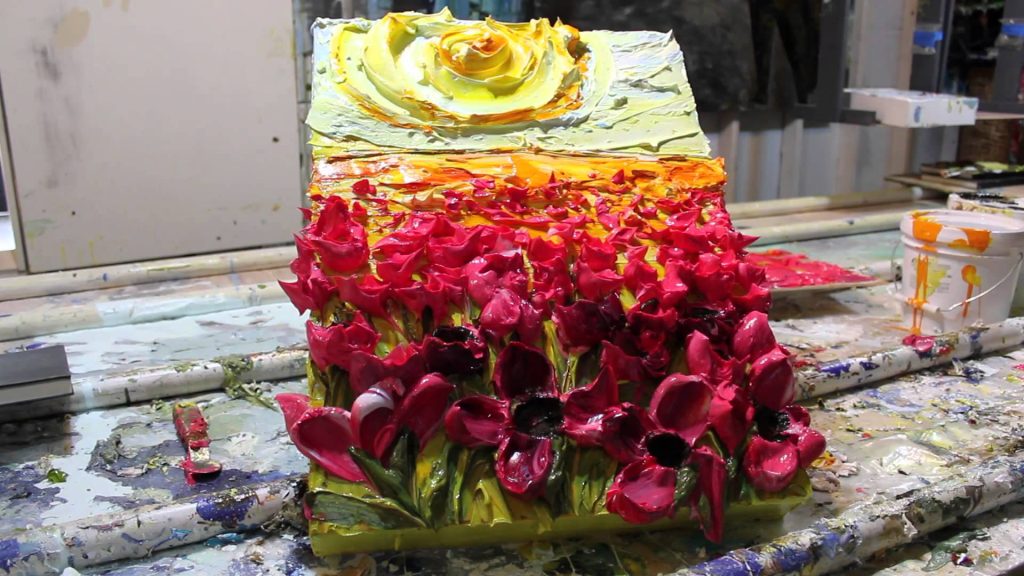While listening to our lecture I immediately became interested in the idea of Learning Everywhere. It’s a simple but under utilized concept. We really should be learning everywhere. That’s how humans are designed, we’re meant to learn from experience on some level, so why should that only apply to a classroom?
I started with Professor Stephens’ article on emojis and the evolution of language and that got me thinking about art, as things so often do. I consider art to quite possibly be one of, if not the first, language. So thinking about how we’ve progressed from cave painting to written language and back to iconography is fascinating.

I started zig-zagging through articles and landed on a few talking about sensory spaces. This interests me because I can see ways to use the arts to do this. For my undergrad I created some ice sculptures containing items of significance to my indigenous side of the family. I left them to melt in a local park and watched people interact with them.

I think it would be a good creative and sensory experience to incorporate the arts into library settings in similar ways. Maybe not to leave statement pieces to melt between the stacks, but we use the senses in so many ways that just don’t get much attention or recognition unless you’re already in the arts.
I should add here that I’m thinking of more adult oriented spaces or even spaces for teens. I don’t think we stop benefiting from that kind of stimulation as we age, in fact it would probably be very cathartic to engage with the senses again in a more direct and prolonged way. My first thought is textures on canvas (that’s something that’s doable in a library setting). Canvas work doesn’t always need to be flat and smooth. You can put anything on there, from yarn to stones to layers of paint so thick it looks like melted plastic. Because so much of our art experiences hinge on “look don’t touch” we don’t get the full benefit of that anymore without spaces explicitly designed for it.
This piece by Justin Gaffrey illustrates exactly what I mean by texture on canvas.

It’s a concept I need to think about more but my brain is bouncing around with ways to expand on Sensory Spaces in libraries and that’s exciting!
References:
30A. (2012, October 8). Artist Justin Gaffrey in Santa Rosa Beach, Florida. YouTube. https://www.youtube.com/watch?v=AQ4yii1FDMU
Cooper, D. (2025). Public Libraries Connect. Qld.gov.au. https://plconnect.slq.qld.gov.au/blog/check-out-marsden-librarys-sensory-space
Logan City Council. (2018, September 3). Sensory Space at Marsden Library. YouTube. https://www.youtube.com/watch?v=eDp-VBYtd7g
Stephens, M. (2016). Office hours. LIBRARY JOURNAL. https://287.hyperlib.sjsu.edu/wp-content/uploads/2018/10/LibraryEmoji.pdf
Stephens, M. T. (2016). The heart of librarianship : attentive, positive, and purposeful change. Ala Editions, An Imprint Of The American Library Association.
